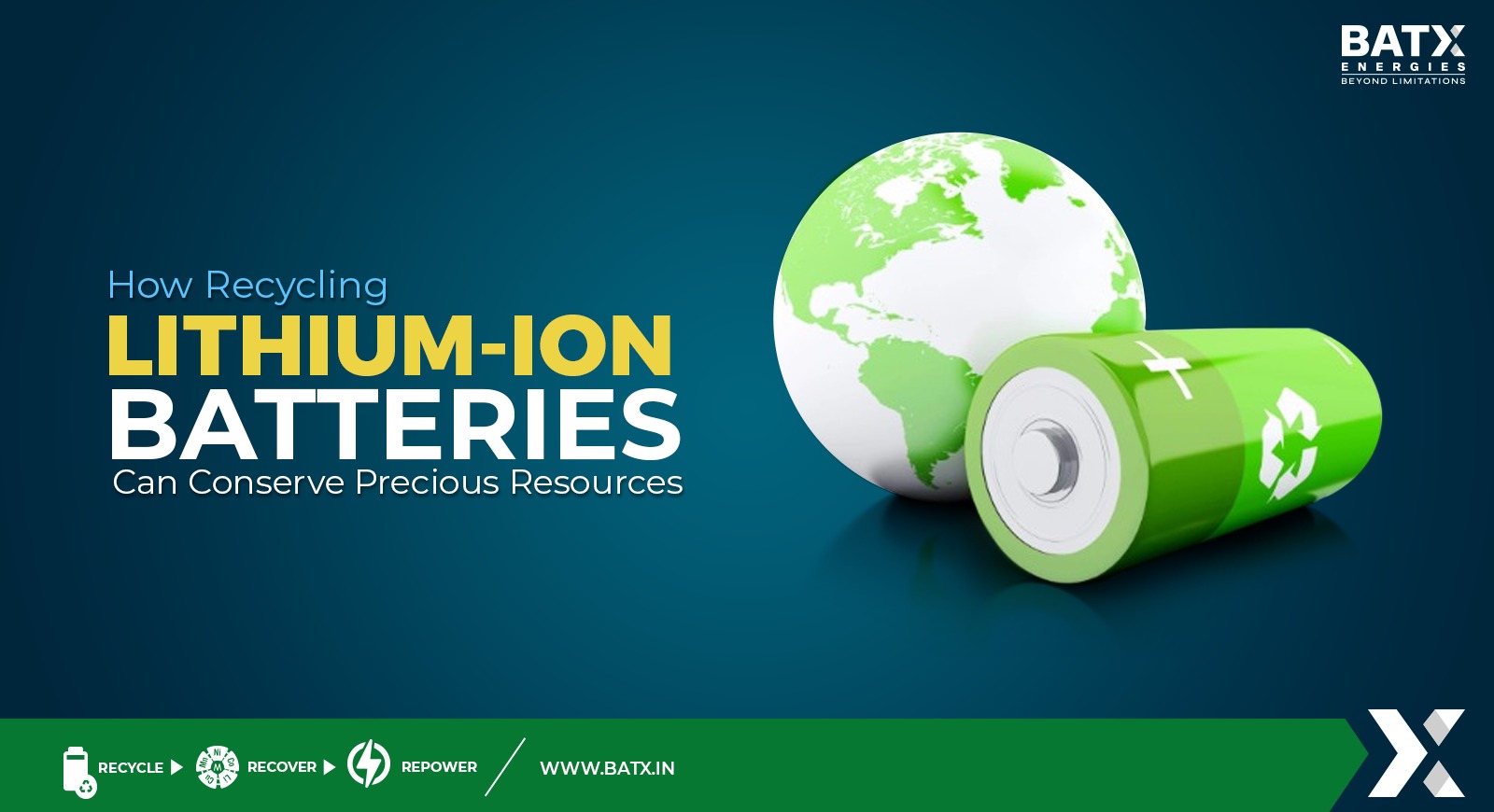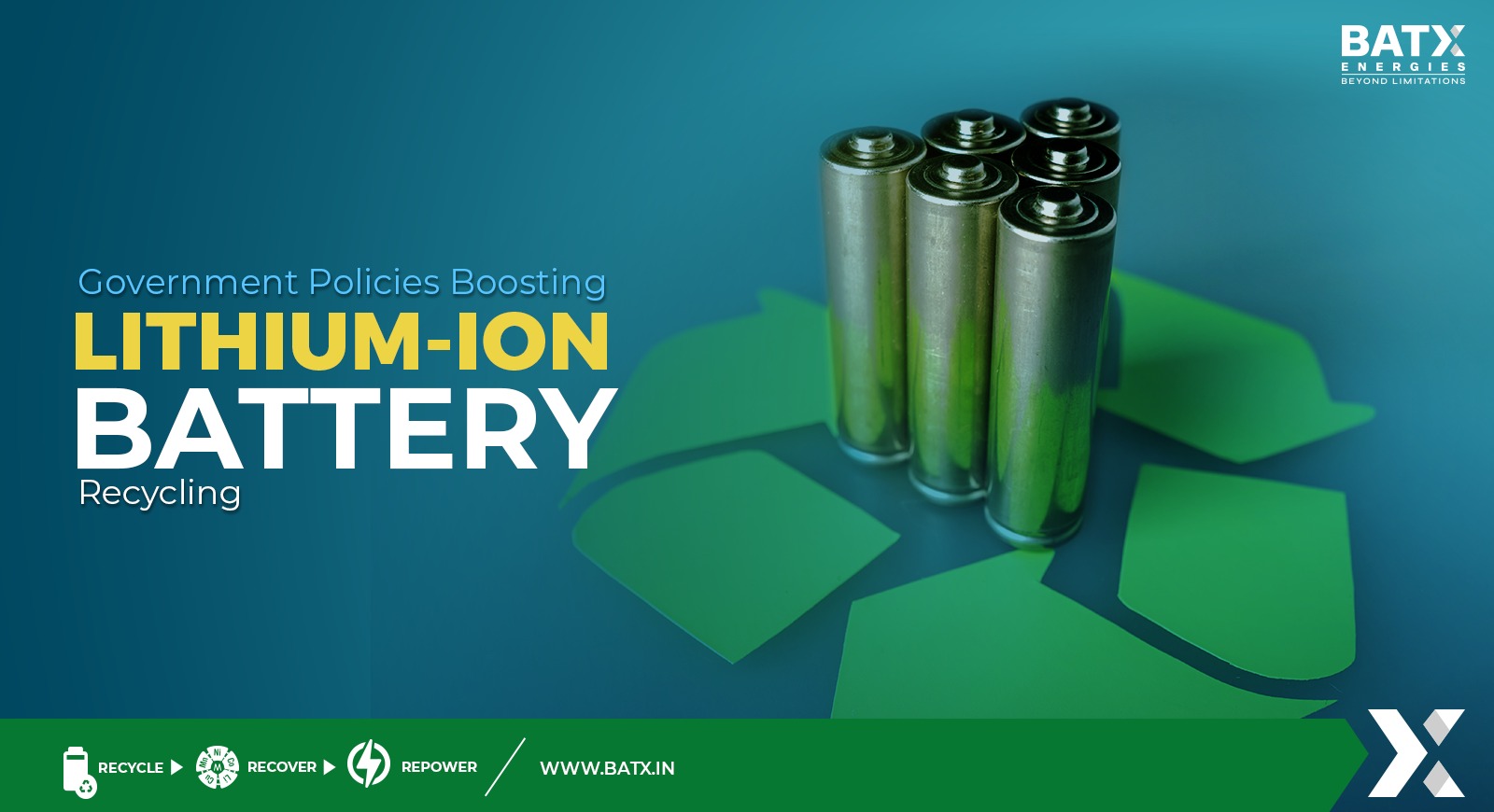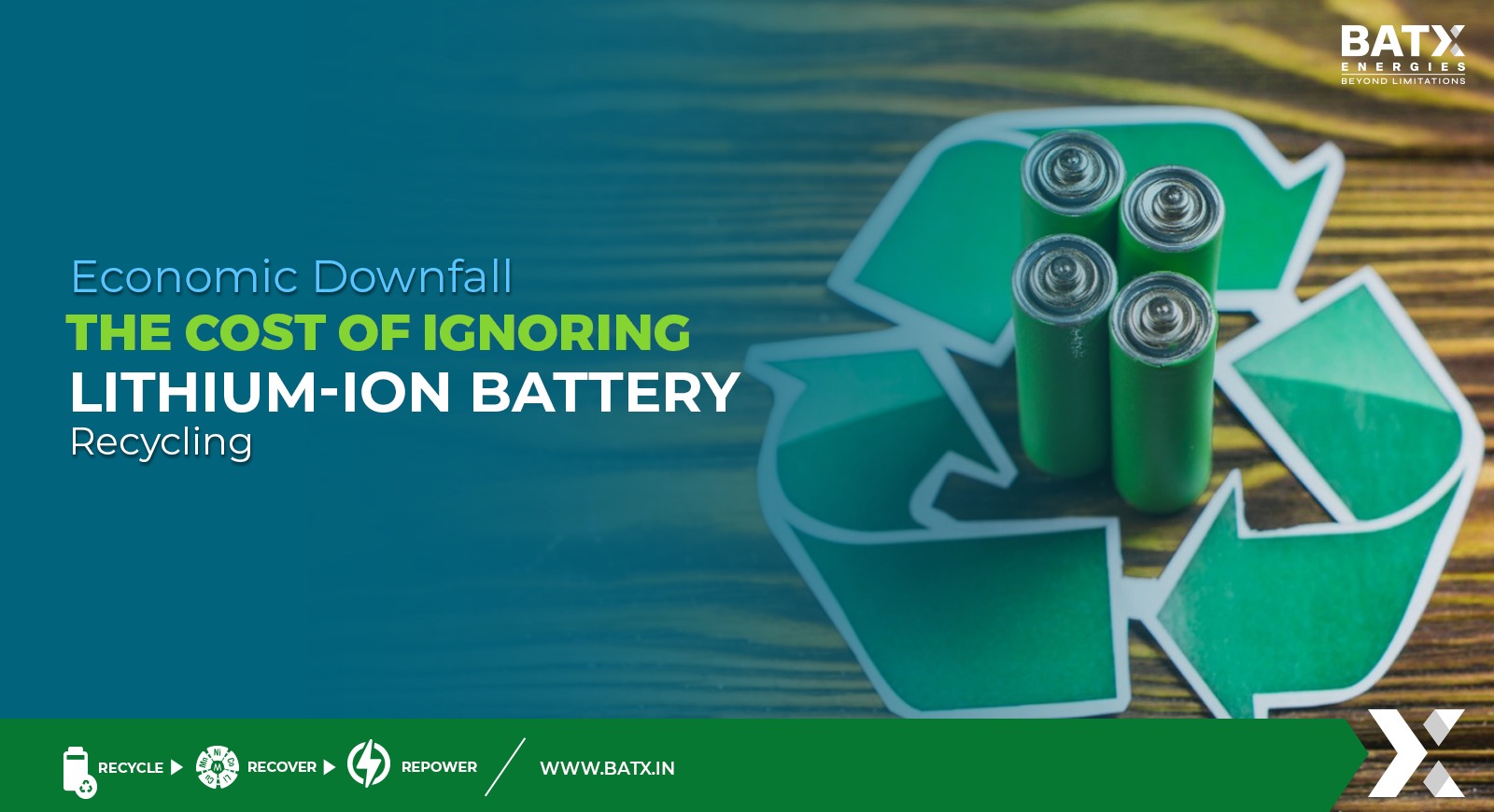Batteries store the energy and release it when and wherever needed. Every portable consumer’s electric device, such as mobile phones, electric cars, electric scooters, etc., all work with batteries. There are mainly two types of batteries used in these devices – Lead-acid and Lithium-ion batteries. These batteries are a sustainable energy source and positively impact the environment, as unlike natural resources, such as coal and petrol, they can be recycled.
Types of Commonly Used Batteries & Their Environmental Impact
Lead-Acid Batteries
Lead-acid batteries consist of two electrodes immersed in a sulphuric acid solution. These cells are made up of older technologies that are durable, efficient, and recyclable. The main downside of these batteries is that they are heavy and commonly found in certain electric vehicles or computers.
Impact of Lead-Acid Batteries on the Environment
The lead component in lead-acid batteries is the main problem that might hurt the environment. Being a heavy metal may harm human health, especially for children and young people whose minds are still growing.
Leaded gasoline and lead-based paints were widely used in the 20th century. Due to their detrimental environmental effects, specific components are no longer used. According to figures from the World Health Organization (WHO), lead-acid batteries make up 85% of all the lead consumed worldwide.
These lead-acid batteries are recyclable in 99% of cases. However, lead exposure is still a topic of concern since it may occur during the mining, processing, and recycling of lead, frequently done without the proper procedures and technology to minimize lead emissions.
Lithium-Ion Batteries
Lithium-ion batteries operate by exchanging the lithium-ion between a positive electrode (Lithium transition metal oxide) and a negative electrode (graphite). This battery has a powerful energy deploying capability. However, these batteries are induced with higher costs and restricted to small devices like watches and mobile phones. Now the government has taken the initiative to manufacture more batteries for electric vehicles.
Impact of Lithium-ion Batteries on the Environment
Lithium batteries contain potentially toxic materials like nickel, copper, and lead. Battery disposal can be a disaster for the environment; if stored uncontrolled, it can explode.
However, Lithium-ion battery waste is a valuable resource. Metals and materials used to make Li-ion batteries are rare and difficult to come by, making their availability essential today. Li-ion batteries can be recycled to extract all their constituent materials.
Battery recycling
Recycling a lead acid battery
The good news is that lead-acid batteries, the most common type of battery, are recyclable in 99 per cent of cases, according to Battery Council International.
After the battery’s plastic tray has been broken up into bits, the lead can be salvaged. A portion of the industry can recover and reuse the electrolyte, the liquid at the bottom of the battery made up of acid and water, or it can decompose by eliminating the water so that only the acid is used. One more thing, which is especially crucial considering how much the carbon footprint of transportation matters: the supply of new batteries is always accompanied by the recovery of used batteries for recycling.
Recycling a lithium-ion battery
Lithium-ion batteries can be recycled for producing battery-grade materials by recycling end-of-life Lithium Ion Batteries to create a sustainable energy source that is also eco-friendly. Battery recycling companies have invented numerous ways to recycle these batteries to extract high-grade products such as Lithium, Nickel, Black Mass, Cobalt, etc.
If dumped in trash, these materials can be hazardous to the environment. While utilizing it correctly, they can also become a valuable asset for the battery manufacturers and the country.
BATX Energies, one of the battery recycling companies in India, invented a patent Net Zero Waste and Zero Emissions process of recycling end-of-life Lithium-ion batteries to extract rare materials, such as Lithium, Nickel, Black Mass, Cobalt, etc. These materials are sent back to the manufacturer companies and help to convert an end-of-life Lithium-ion battery into a valuable asset.



